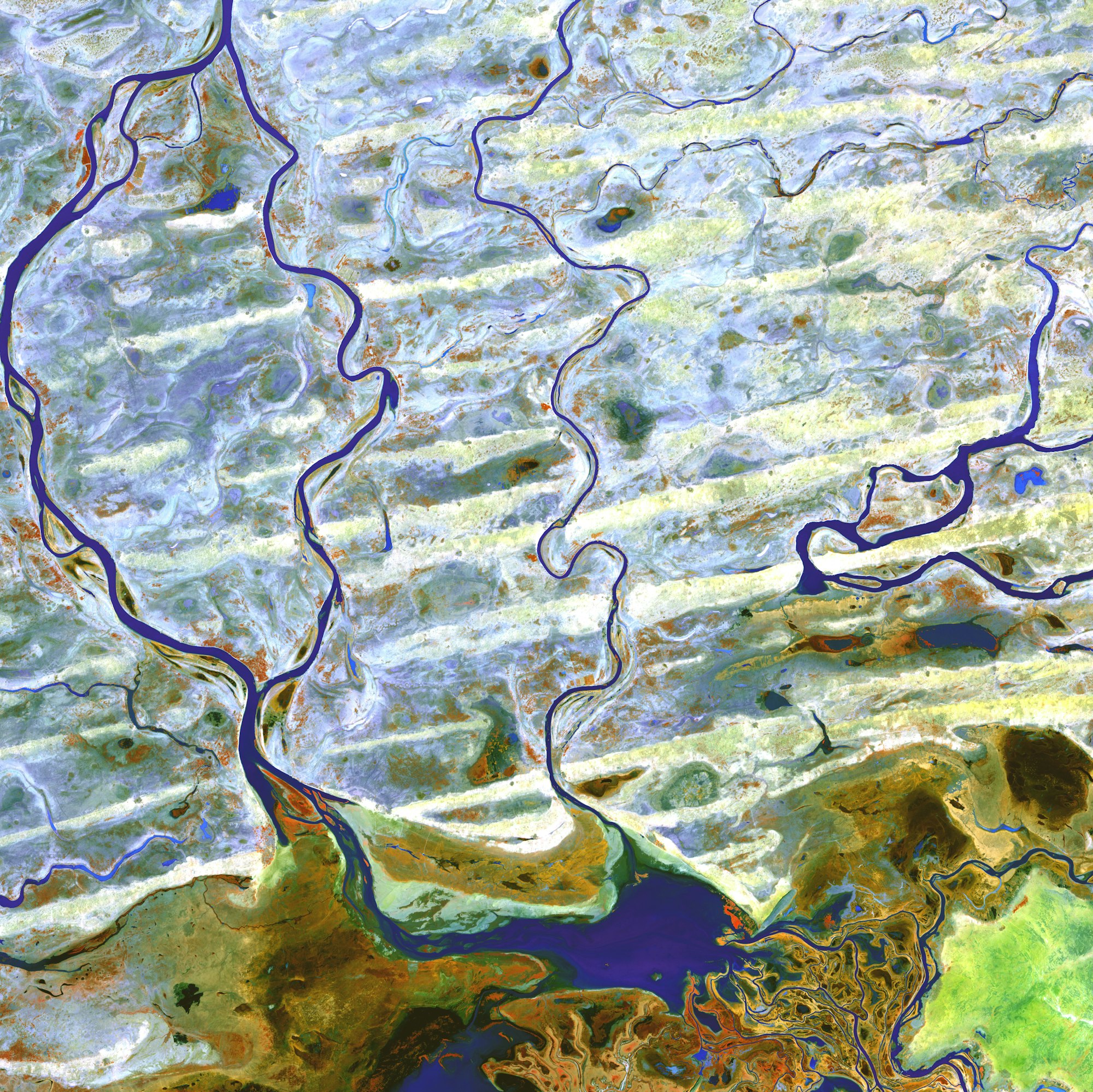How Did Cutthroat Trout Cross the Continental Divide?
Most cutthroat trout are found west of the Continental Divide, so how did they find their way to the east side of the divide? Science behind fly fishing

January 2023
In our last cutthroat article, we explored the origins of the cutthroat trout and discussed how genetic studies now suggest that the Behnke model of the 14 subspecies is outdated. The new school of thought suggests there are four unique lineages of native cutthroat trout species (Oncorhynchus clarkii) which evolved out of the Lahontan Basin and expanded to encompass 25 unique basin-specific populations, ranging from Prince William Sound in Alaska all the way down to New Mexico.

The four lineages (subspecies of cutthroat trout; oncorhynchus) are split as such:
- Coastal Cutthroat Trout: Includes Sea Run Cutthroat Trout
- Lahontan Cutthroat Trout: Includes Paiute, Western Lahontan, Eastern Lahontan, Humboldt, and Coyote Basin
- Yellowstone Cutthroat (including Snake River): Snake/Yellowstone, Bear River, Bonnevilles, Green River, Colorado River Cutthroat Trout, Greenback Cutthroat Trout, San Juan, and Rio Grande Cutthroat
- West Slope Cutthroat Trout: John Day, Coeur d' Alene, St. Joe, North Fork Clearwater, Salmon, Clearwater Headwaters, Clearwater-Eastern Cascades, Neoboreal, and Missouri
These findings are fascinating, and sometimes I daydream about what it would have been like to fish a headwater trout stream thousands of years ago. But if you go back far enough, cutthroat trout won't be present on the eastern side of the Continental Divide. If fossil evidence traces the origins of ancient cutthroat to the Lahontan Basin nearly 10 million years ago long after the rise of the current Rocky Mountains (between 80-40 million years ago), then how were cutthroat able to cross the Continental Divide? What natural driver allowed cutthroat to immigrate to the Missouri, Yellowstone, South Platte, and Rio Grande river basins?
More Water, More Options


